JAMIE EDWARDS
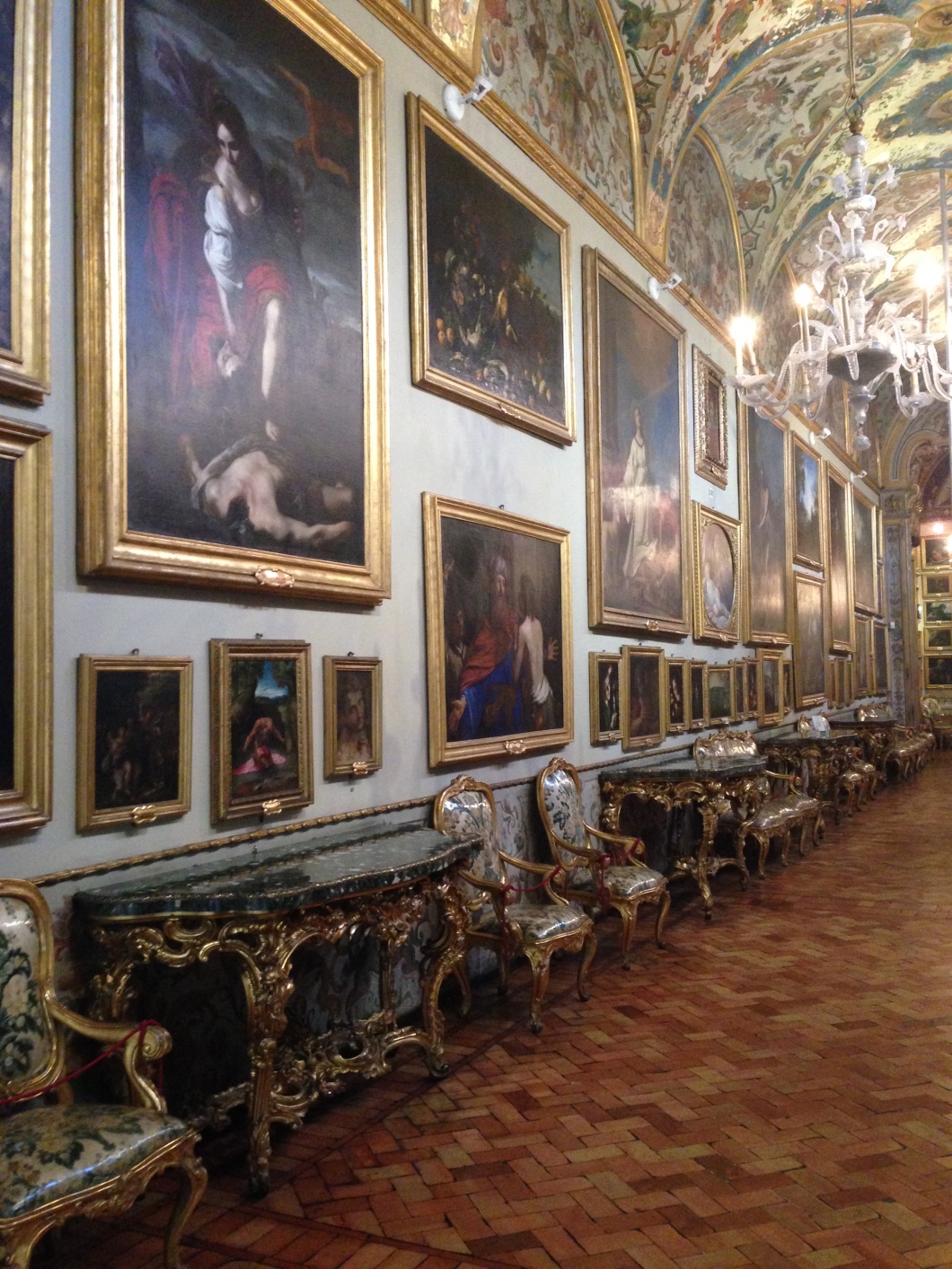
Researching Pieter Bruegel for my PhD has taken me all over Europe – I know, lucky me (as a colleague and friend of mine joked, it’s a tough old life being an art historian). My most recent jaunt in the name of research took me to Italy. Rome and Naples, to be precise.
We know that Bruegel spent a significant period of time in Italy from at least 1552 to ’55. His southern “wanderjahr” is shrouded in mystery, and we don’t know a great deal about what he got up to whilst in Italy. We can be fairly sure that he had arrived in Southern Italy by 1552, that he was in Rome in 1555 working with Giulio Clovio, and that he headed back to Antwerp, going via the Alps, shortly thereafter. My trip, though, wasn’t motivated by a gratuitous wish to walk in Bruegel’s footsteps. Instead, I wanted to study a couple of Bruegels that are in Italian collections and I’ve never got round to seeing.
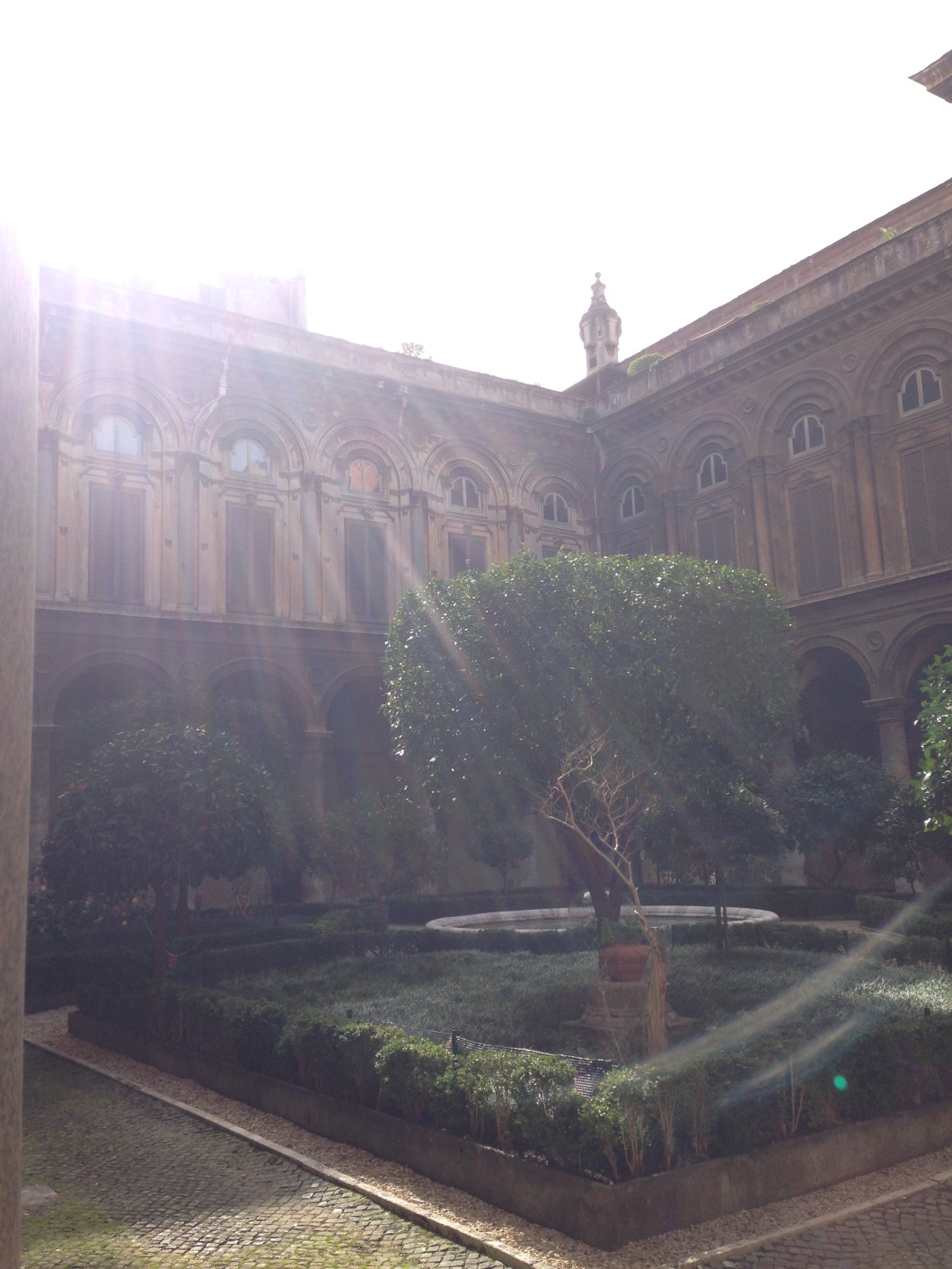
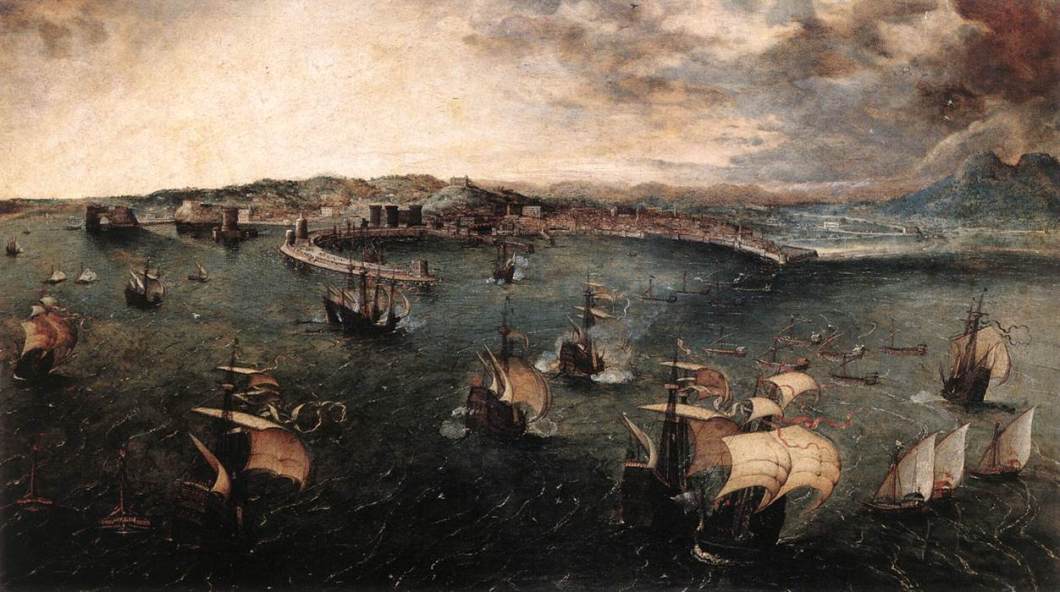
The first was Bruegel’s Bay of Naples, which hangs in the delightful, if not slightly mad, Palazzo Doria Pamphilj. Whenever I’ve been in Rome before, I’ve never managed to squeeze this in, so it was right at the top of my list of priorities. (I was also in Rome to lend a pair of hands with the 2nd year Undergraduates’ study trip, and since they’d got waylaid at Heathrow because of a flight cancellation–post about the trip to follow soon, but here’s last year’s!–I took the opportunity to go straight to the Pamphilj.)
The Doria Pamphilj has a pretty old fashioned way of doing things. The walls are stacked high with pictures (it reminded me of those old engravings that show how how less-good artwork was “skied” at exhibitions put on by the European Academies), and the gold leaf frames usually feature just a handwritten artist’s name, done with a Sharpie, I expect. Anyway, after much squinting to make sure I didn’t miss the Bruegel 7 feet above my head, I saw it, down low, at eye level, inscribed in an elegant hand “Bruegel”. (If you’re interested, the Bruegel is the ninth picture along on the bottom row from the left in the heading photo.)
It’s really a rather staggering picture. It’s fairly small but absolutely crammed full with detail. We know it’s Naples, despite the jetty being circular, which is wrong because it is square, because we can make out certain topographical features on the bay such as the Castel Nuovo. The picture must have been painted from memory by Bruegel, usually, it is said, about 1560, but with the aid of drawings Bruegel made in situ during his Italian sojourn. Scholars have in the past been reluctant to accept this picture’s authenticity, mostly, I think, because it isn’t signed. However seeing it has allayed any suspicions I might have had. So much of the picture is characteristically Bruegel and for me it has a particular significance in relation to Bruegel’s activities as a miniaturist. We know Bruegel did miniatures, and the Bay of Naples is clearly the work of an artist who was comfortable working in miniature; the rigging of the ships is especially remarkable and diligently executed, as are the ships’ crews, clambering about on deck, which, although tiny, are really quite impressively rendered. Exactly why Bruegel should have produced a pretty much accurate, topographical, view of the bay of Naples in the first place is something I’m now curious to explore a bit more: did other people do topographical sea/landscapes in the mid-16th century? And who would want one on their walls?
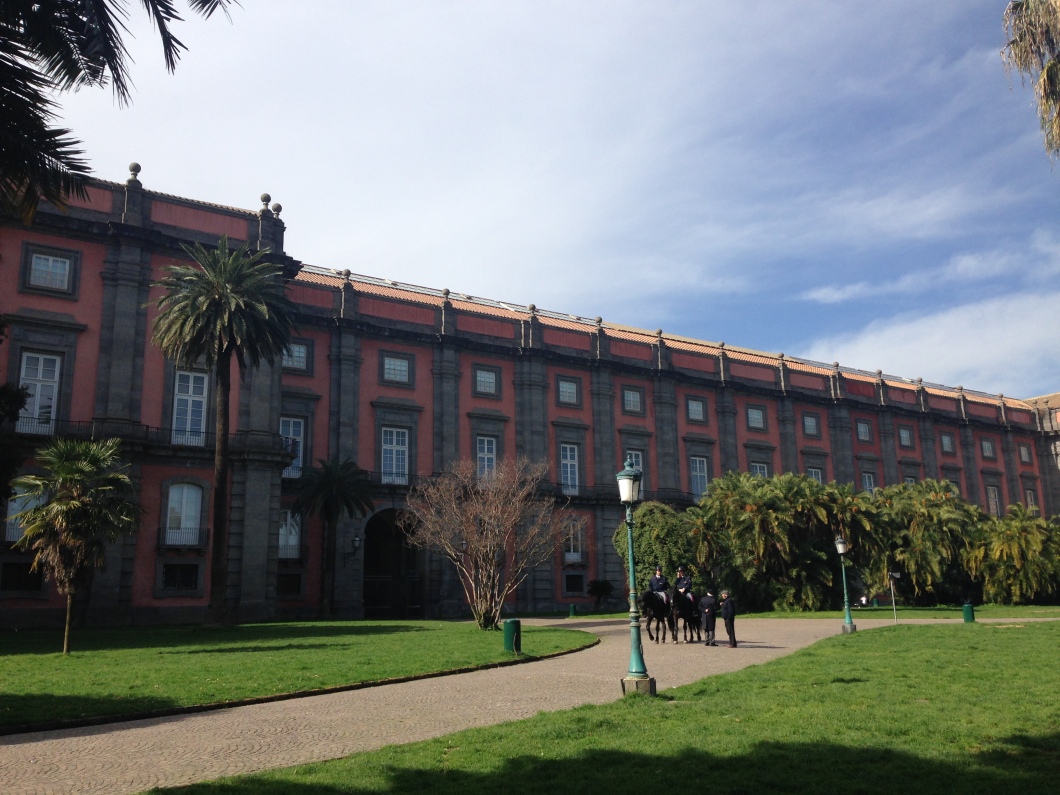
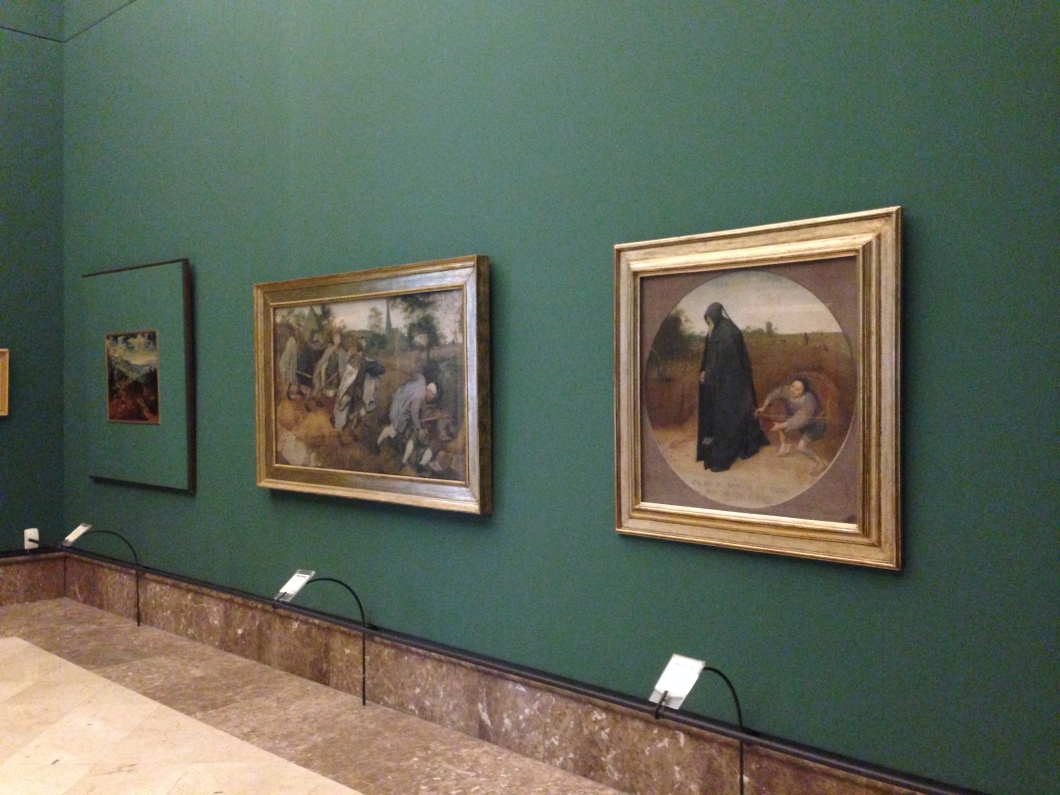
Having looked at Bruegel’s depiction of the Bay of Naples, which is now in Rome, the next day I jumped onto a train from Rome for Naples to see two other Bruegels that are housed in that city’s Capodimonte Museum. Now, I can’t say that Naples is somewhere I’d rush back to for a week’s holiday, but the Capodimonte is a real gem. Perched high up on a hill away from the hustle and bustle, not to mention dangers(!), of the frantic city centre, the Capodimonte is a real haven and full of stellar works of art. It was also practically deserted, probably because of Naples’s bad rep. Masaccio’s really wonderful Crucifixion from the dismantled Pisa Polyptych is there, as is Titian’s Danaë and Caravaggio’s Flagellation of Christ. Particularly wonderful also are some cartoons by Michelangelo (some figures for the Pauline Chapel frescoes and the cartoon for Venus and Cupid composition, which is positioned alongside a roughly contemporary painting after that design). But the real treat was Bruegel’s Blind Leading the Blind and Misanthrope, both from 1568. I’ve written about the Blind Leading the Blind at length before in my MPhil thesis, and seeing it was just great. I learned loads from looking at the picture in real life that you just can’t get from poring over reproductions in books – there are all kinds of details in the picture that just don’t come across in a book. Meanwhile, I was surprised by the Misanthrope‘s size, which, I’d imagined, would’ve been much smaller than it is. Standing in front of it, you can just picture that painting up on some well-to-do bloke’s or woman’s wall, where it was doubtless gathered around as an object of discussion. All this just goes to show, as I’ve said before on this blog, that you really do stand to gain so much more from seeing all this stuff in real life…
[…] with one of the PhD students, Jamie, who accompanied us on the trip (read what else Jamie got up to here). We spent the day walking through Rome and visited the object of Sophie’s research, the Villa […]